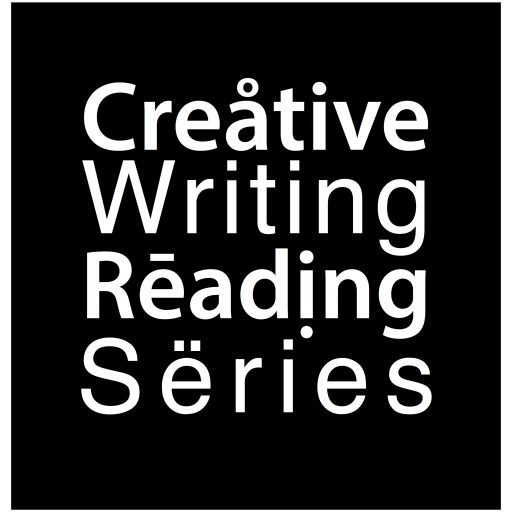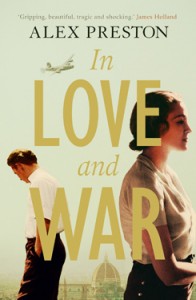Next up in the Creative Writing Reading Series was another of our Creative Writing lecturers – Alex Preston – reading from his latest novel, In Love and War (Faber & Faber). The novel is set in Florence during the second world war – although in part it is also a Bildungsroman, with its protagonist, the British Esmond, coming of age fighting to undermine the fascist government from within.
Alex is already an award-winning novelist, his first novel, This Bleeding City, having won the Spear’s and Edinburgh Festival first book prizes as well as being chosen as one of Waterstones New Voices. His second book, The Revelations, was shortlisted for the Guardian’s Not the Booker Prize. This, his third novel, has already been selected for BBC Radio 4’s Book at Bedtime, although as Alex said, this novel – as with David Flusfeder’s two weeks ago – had rather different beginnings, coming out of what was originally intended to be a research project for a non-fiction book on fascist Florence. Alex is also a journalist, and talked about how the writing of the novel had influenced his journalistic choices – leading him to choose to do an on-the-ground piece on Boko Haram in order to help him understand his character – to put himself in a position outside his sphere of knowledge – a residing idea of the novel being that one is able to discover what sort of person you are based in how you react to situations beyond your previous experience.
As with David’s talk, Alex urged practical research upon practitioners in the room, saying that you have to involve yourself as fully as possible in the world of your story, particularly in a historical novel. He recounted an anecdote of overcoming (or at least facing) his fear of flying at Duxford Imperial War Museum, being taken for a flight in a still (just about) operational De Havilland Dragon Rapide in order to write the initial scene of Esmond’s flight from England to Italy.
Esmond is the only fictional character in Alex’s novel – all other events and characters are historical, and Alex spent three years researching the novel – the first six months of which he thought he was spending working on a non-fiction book. Whilst stressing that each book tells you how to write that book and not the one before, he said that in his own practice he had held off writing as long as possible – immersing him first in the historical resources in order to write with the requisite amount of information and immersion in the period to give him the authority to create the world of the novel. However, when it came to writing, and most particularly editing, he advised an ability to be able to abandon fascinating research if needs be – very strictly making sure that the novel’s focus was on its story and central character – cutting vast amounts of historical detail in order to have the story tell itself most effectively. In terms of the in-depth pragmatics of writing, he advised that every scene have 2-3 things absolutely right in it rather than trying to offer a panorama – keeping the focus of storytelling, but retaining the authority of research.
Why the shift from a historical account to a historical fiction? Partly for this focus – Esmund, the vehicle of the imagination in this story, allowed an outsider perspective that perhaps chimed with the author’s, being a young British man observing and coming to terms with fascist Florence in a way that, of all the characters, is closest to the work of research that had to go in to the writing of the novel. As importantly, if not more so, is Alex’s belief that the novel provides a more effective way of getting into the minds of others than any purely factual account can possibly allow – and that it is this imaginative empathy which allows for a closer readerly experience of history. Alex had wanted to write about the effect of the fascist regime on Florence, the city of the Renaissance – and the novel is imbued with a particularly visual sense of place, but it is through the Esmund that the reader is allowed access into this world.
Kat Peddie

